Kadriorg Art Museum, Tallinn | Art Museum Guide

Source: A. Savin, Kadriorg Art Museum, Wikipedia, https://en.wikipedia.org/wiki/File:Tallinn_asv2022-04_img55_Kadriorg_Palace.jpg
The Kadriorg Art Museum in Tallinn stands as one of Estonia’s most treasured cultural landmarks, offering visitors a remarkable journey through centuries of artistic expression. Situated in the heart of the picturesque Kadriorg Park, the museum is housed within an elegant Baroque palace originally commissioned by Tsar Peter the Great in the early 18th century. This architectural masterpiece immediately captures the imagination, setting the tone for the rich collection awaiting inside.
As an art museum dedicated to presenting both Estonian and European masterpieces, Kadriorg Art Museum in Tallinn showcases paintings, sculptures, and decorative arts spanning from the 16th to the 20th centuries. Each gallery reveals carefully curated works that reflect the evolution of artistic styles, historical influences, and cultural connections between regions. Visitors can admire portraits, landscapes, and applied arts that reveal stories of craftsmanship and creativity.
Beyond its collections, the museum is known for hosting special exhibitions, educational programs, and cultural events that appeal to a wide audience. Whether you are an art enthusiast, a history lover, or simply seeking inspiration, a visit to Kadriorg Art Museum in Tallinn provides a memorable experience enriched by its setting, heritage, and dedication to preserving art.
Showcases Estonian And European Masterpieces
The Kadriorg Art Museum in Tallinn is widely recognized for its extensive collection of Estonian and European masterpieces. As an art museum dedicated to preserving and presenting historical creativity, it offers visitors a rare opportunity to explore works spanning several centuries. The galleries feature paintings, sculptures, and decorative objects that represent key artistic movements, from Renaissance elegance to Baroque splendor and Romantic-era narratives.
A visit to the Kadriorg Art Museum in Tallinn reveals treasures created by renowned European masters alongside works by important Estonian artists. These pieces demonstrate the cultural exchanges that shaped Estonia’s artistic identity while showcasing influences from Italy, the Netherlands, Russia, and other regions. Portraits highlight the sophistication of courtly life, while landscapes capture the beauty of the Baltic countryside and beyond.
The museum’s curators have carefully arranged the collection to guide visitors through different periods and styles. Informative labels and multilingual guides provide context for each artwork, enriching the appreciation of details, techniques, and historical significance. Whether it is a striking oil painting, a refined porcelain piece, or an intricately carved frame, the Kadriorg Art Museum in Tallinn celebrates the skill and vision of generations of artists, creating an inspiring cultural experience.
Located Within Historic Kadriorg Park
The Kadriorg Art Museum in Tallinn is beautifully situated within Kadriorg Park, one of the city’s most cherished historic landscapes. Established by Tsar Peter the Great in the early 18th century, this park was designed as a place of leisure and elegance, surrounding the Baroque palace that now houses the museum. The park itself is a work of art, blending manicured gardens, tree-lined avenues, and seasonal blooms that change throughout the year.
Visitors approaching the Kadriorg Art Museum in Tallinn experience a sense of calm and grandeur as they walk through the park’s pathways. The setting offers a serene contrast to the vibrant urban life of Tallinn, making it an ideal destination for both art enthusiasts and those seeking tranquility. The palace stands gracefully at the center, framed by fountains and lawns that highlight its architectural beauty.
Kadriorg Park also connects the museum to a broader cultural district, with nearby attractions such as Kumu Art Museum and smaller galleries enriching the area. The park’s design invites leisurely strolls before or after exploring the museum’s collections. This harmony between nature, history, and art elevates every visit, making the Kadriorg Art Museum in Tallinn a truly unforgettable experience.
Housed In A Baroque Palace
The Kadriorg Art Museum in Tallinn is housed within a remarkable Baroque palace that stands as a masterpiece of early 18th‑century architecture. Commissioned by Tsar Peter the Great as a summer retreat, the palace was designed by the Italian architect Nicola Michetti and completed in 1725. Its elegant façade, adorned with intricate stucco work, grand windows, and harmonious proportions, creates a striking first impression for visitors approaching the art museum.
Inside, the palace continues to impress with richly decorated halls, painted ceilings, and ornamental details that reflect the opulence of the Baroque era. Walking through these interiors, visitors experience a seamless connection between art and architecture. The building’s design, with its spacious galleries and high ceilings, provides a fitting setting for the museum’s distinguished collection of European and Estonian art.
The palace itself is part of the museum’s narrative, illustrating how architecture can elevate the presentation of cultural treasures. Every corner tells a story of craftsmanship, from the grand staircase to the refined woodwork. By housing its collection in such an iconic structure, the Kadriorg Art Museum in Tallinn offers guests not only a visual journey through artworks but also an immersive experience in historical design and royal grandeur.
Highlights Russian Imperial Connections
The Kadriorg Art Museum in Tallinn is deeply connected to the legacy of the Russian imperial era. The palace that houses the museum was originally commissioned by Tsar Peter the Great as a gift for his wife, Catherine I, symbolizing the power and cultural aspirations of the Russian Empire. This origin adds layers of historical significance to every visit, as the museum is not only a center of art but also a monument to a fascinating period in regional history.
As guests explore the art museum, they encounter exhibits and information panels that highlight these imperial connections. The architecture, decorative details, and certain curated pieces reflect the tastes and influences of Russian nobility during the 18th century. Elements such as gilded motifs, imported materials, and ceremonial halls reveal how the building once served as a royal retreat and diplomatic venue.
Walking through the palace allows visitors to imagine the presence of royal figures and the vibrant cultural exchanges that occurred in Tallinn during that time. These connections enrich the experience by placing the museum’s art collection within a broader historical framework. The Kadriorg Art Museum in Tallinn thus stands as both a repository of art and a living testament to its imperial heritage.
Features Rotating Exhibitions And Events
The Kadriorg Art Museum in Tallinn is renowned not only for its permanent collection but also for its dynamic program of rotating exhibitions and events. These regularly changing showcases allow visitors to encounter new themes, rare artworks, and curated selections from both local and international artists. By offering exhibitions that vary throughout the year, the art museum creates fresh opportunities to experience different styles, historical periods, and cultural narratives.
Many of these exhibitions highlight specific genres, such as portraiture, landscape painting, or decorative arts, while others focus on particular artists or artistic movements. Special events often accompany these exhibitions, including lectures, workshops, and panel discussions led by art historians and curators. Such programs add depth and context, encouraging visitors to view the works from multiple perspectives.
The Kadriorg Art Museum in Tallinn also hosts cultural evenings and seasonal celebrations, transforming its elegant Baroque halls into lively spaces for interaction and discovery. These events attract a diverse audience, from art enthusiasts to families and tourists exploring the city’s heritage. With each new exhibition or event, the museum reinforces its role as a vibrant cultural hub where historical and contemporary creativity meet in inspiring ways.
Offers Guided Tours For Deeper Insights
Visitors to the Kadriorg Art Museum in Tallinn can enhance their experience through guided tours designed to provide deeper insights into the museum’s rich collections and history. These tours are led by knowledgeable guides who share expert commentary on the artworks, architectural details, and historical context of the palace itself.
During a guided tour, guests gain a clearer understanding of how the art museum curates its exhibitions, why certain pieces hold particular significance, and how the collections reflect Estonia’s artistic development over time. Guides often highlight connections between Estonian art and broader European trends, offering interpretations that might otherwise be overlooked.
Specialized tours are also available for different interests, whether visitors want an introduction to the highlights of the Kadriorg Art Museum in Tallinn or a more focused exploration of a specific exhibition. Many tours can be tailored for school groups, art students, or cultural organizations seeking a customized experience.
These guided experiences not only enrich knowledge but also create engaging dialogue between visitors and museum professionals. By choosing to join a tour, guests leave with a deeper appreciation for the art museum, its collections, and its role in preserving and sharing Tallinn’s artistic heritage.
Provides Educational Programs For All Ages
The Kadriorg Art Museum in Tallinn places great importance on education, offering a wide range of programs designed for visitors of all ages. These initiatives help audiences develop a deeper connection with art while gaining knowledge about cultural history. For children and families, the museum organizes creative workshops that introduce basic art techniques and inspire young minds to explore their own artistic talents.
School groups benefit from tailored tours and learning sessions that align with educational curricula. Teachers often use these opportunities to expand classroom lessons, allowing students to observe original artworks and engage in discussions that enhance critical thinking. Interactive activities, such as drawing sessions or storytelling inspired by the museum’s collections, make the experience lively and memorable.
Adults and lifelong learners are also well served by lectures, seminars, and thematic courses hosted by the museum. These events provide insights into artistic styles, historical contexts, and conservation practices. Special evening programs and talks by visiting curators further enrich the cultural calendar.
Through these initiatives, the Kadriorg Art Museum in Tallinn fulfills its mission as both a repository of art and a center of learning. Every program is crafted to make art accessible, engaging, and meaningful to a diverse audience.
Showcases Decorative And Applied Arts
The Kadriorg Art Museum in Tallinn is celebrated not only for its paintings and sculptures but also for its remarkable collection of decorative and applied arts. Visitors can admire a variety of objects that reflect the craftsmanship and aesthetic preferences of different eras and regions.
Among the highlights are exquisite porcelain pieces, delicate ceramics, and intricately designed furniture. These items illustrate how art transcends traditional mediums, integrating beauty and function into everyday life. Tapestries, glassware, and textiles are also displayed, each telling stories of skilled artisans and cultural influences from across Europe.
The museum curators thoughtfully arrange these works to demonstrate the evolution of materials, techniques, and styles. For example, visitors can trace how Baroque ornamentation gradually gave way to more restrained designs in later centuries. Informative descriptions accompany the displays, explaining origins, uses, and symbolic details that might otherwise go unnoticed.
By dedicating gallery space to decorative and applied arts, the Kadriorg Art Museum in Tallinn offers a broader view of artistic heritage. These objects provide insight into social customs, trade connections, and the role of design in everyday living. Exploring these collections reveals the rich tapestry of history woven into even the most practical objects.
Maintains A Serene Outdoor Courtyard
The Kadriorg Art Museum in Tallinn is not only known for its interior galleries but also for the peaceful outdoor courtyard that surrounds the Baroque palace. This inviting space offers visitors a chance to pause and reflect, creating a seamless connection between art and nature. Designed with elegance and harmony, the courtyard features manicured lawns, flowering plants, and carefully arranged pathways that complement the historic architecture.
Seasonal changes bring new character to the courtyard, from blossoming spring gardens to the vibrant colors of autumn leaves. Visitors often take time to stroll through this tranquil setting before or after exploring the art museum. Benches placed throughout the area provide comfortable spots to sit and appreciate the palace’s decorative façade, which serves as a striking backdrop to the greenery.
Special outdoor sculptures and installations are occasionally placed in the courtyard, enriching the artistic experience beyond the museum’s interior. These displays create opportunities for photography and quiet contemplation. The serene atmosphere also makes the courtyard ideal for small gatherings and cultural events during warmer months.
By maintaining this beautiful outdoor space, the Kadriorg Art Museum in Tallinn ensures that each visit is not only about viewing art indoors but also about enjoying a peaceful, inspiring environment.
Accessible To International Visitors
The Kadriorg Art Museum in Tallinn warmly welcomes guests from around the world, offering resources and services that make the experience inclusive and accessible. Multilingual signage, brochures, and audio guides are thoughtfully provided, ensuring that visitors can easily understand the context and stories behind the collections.
Staff members are trained to assist international travelers, offering helpful guidance on navigating exhibitions and understanding specific artworks. Guided tours are available in multiple languages, allowing guests to enjoy detailed explanations and cultural insights without language barriers.
The art museum also provides information online and on-site about ticketing, schedules, and upcoming events in English and other widely spoken languages. This attention to communication makes it simple for visitors to plan their time and make the most of their experience in Tallinn.
Accessibility extends beyond language, with clear pathways, ramps, and elevators accommodating guests with mobility needs. Rest areas and well-marked facilities ensure comfort throughout the visit.
By fostering this welcoming environment, the Kadriorg Art Museum in Tallinn has become a favored destination for international audiences. Whether you are exploring alone or in a group, the museum’s thoughtful approach ensures that every guest can enjoy and appreciate its remarkable collections and historic setting.
Conclusion
The Kadriorg Art Museum in Tallinn offers a captivating journey through art, history, and architecture. Housed in a grand Baroque palace and surrounded by the tranquil Kadriorg Park, this art museum presents an impressive collection of Estonian and European masterpieces alongside decorative and applied arts. Visitors can enrich their experience through rotating exhibitions, guided tours, and engaging educational programs designed for all ages. Its welcoming amenities and thoughtful accessibility make every visit smooth and memorable. Exploring the Kadriorg Art Museum in Tallinn is not only an opportunity to view exceptional works but also to connect with centuries of cultural heritage.
Let Us Know What You Think!
Every information you read here are written and curated by Kreafolk's team, carefully pieced together with our creative community in mind. Did you enjoy our contents? Leave a comment below and share your thoughts. Cheers to more creative articles and inspirations!


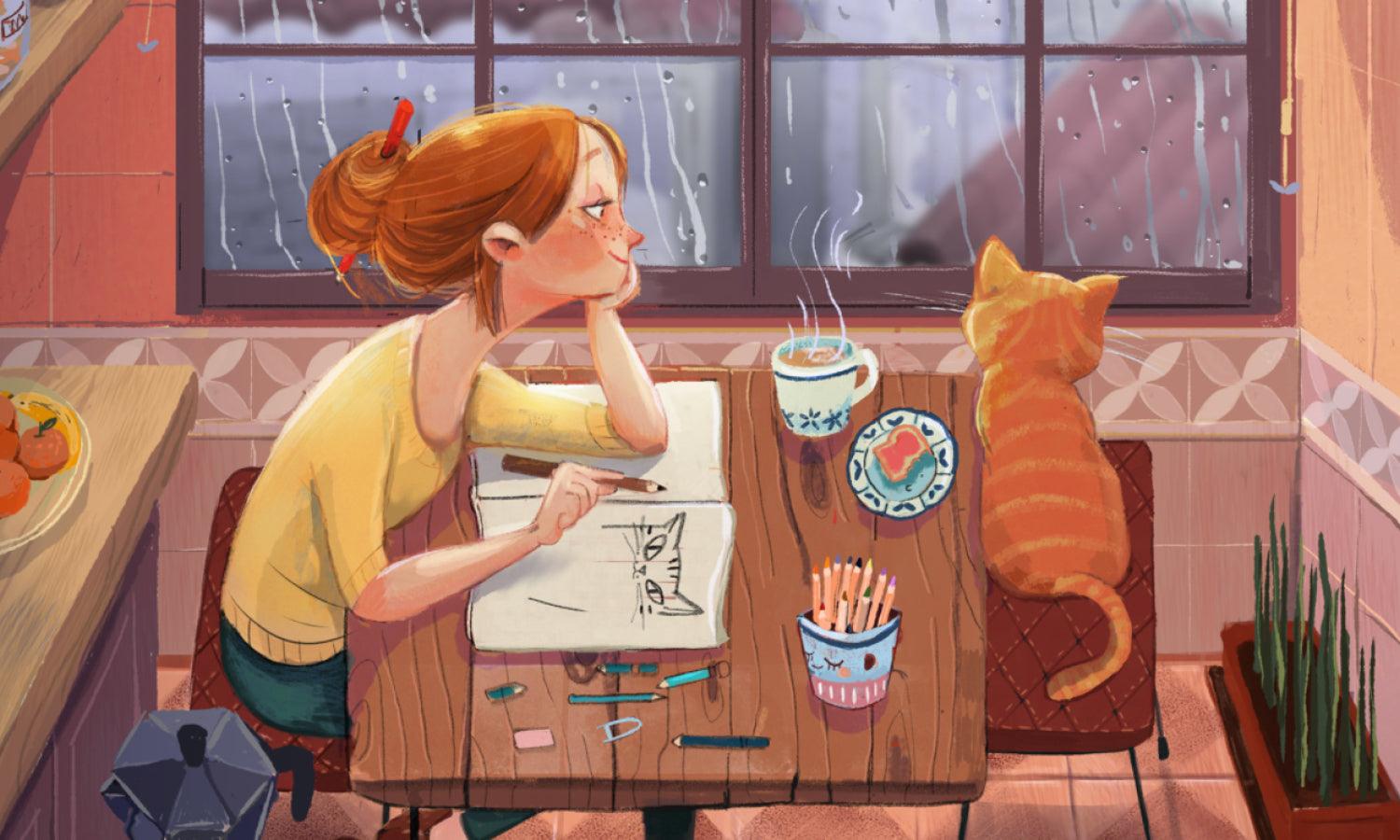
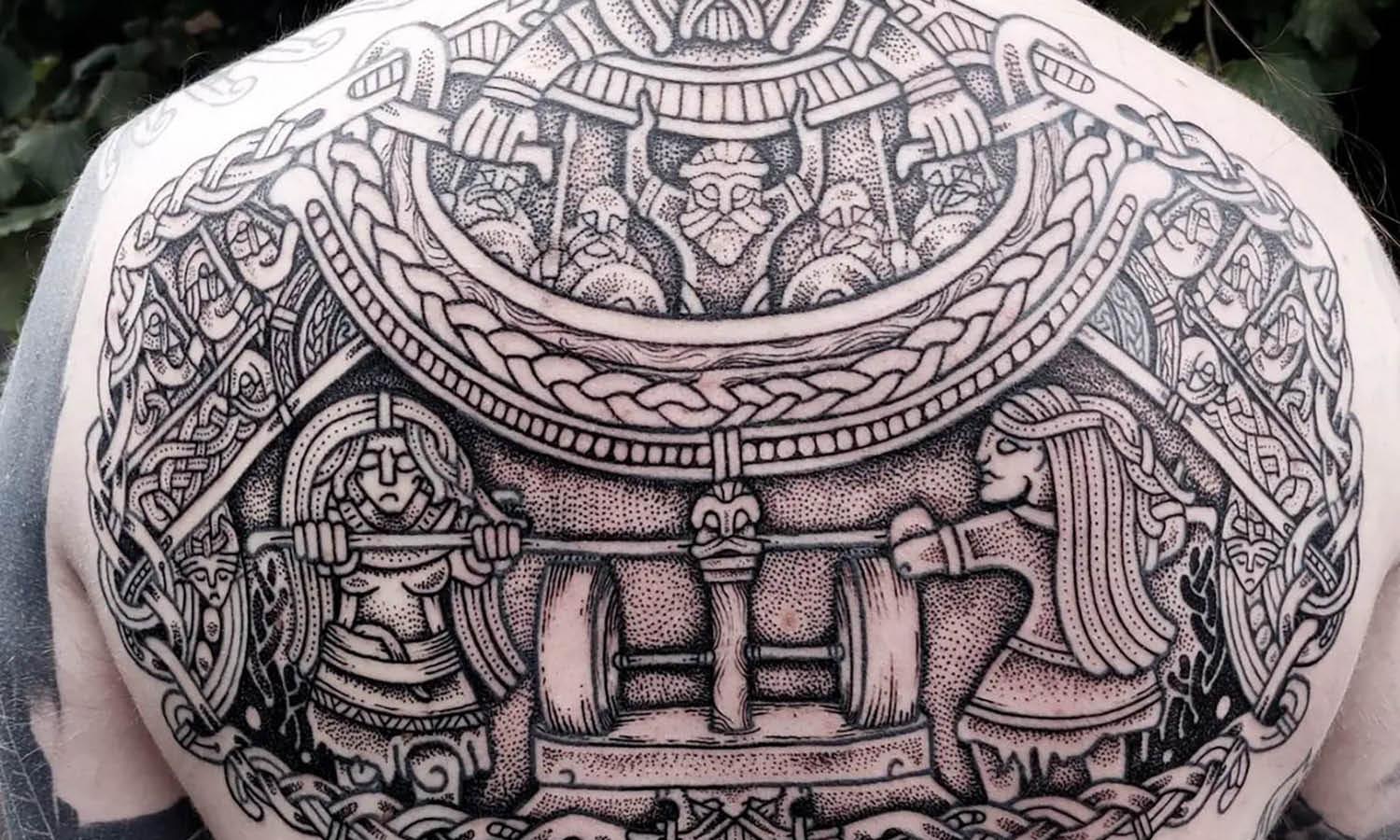
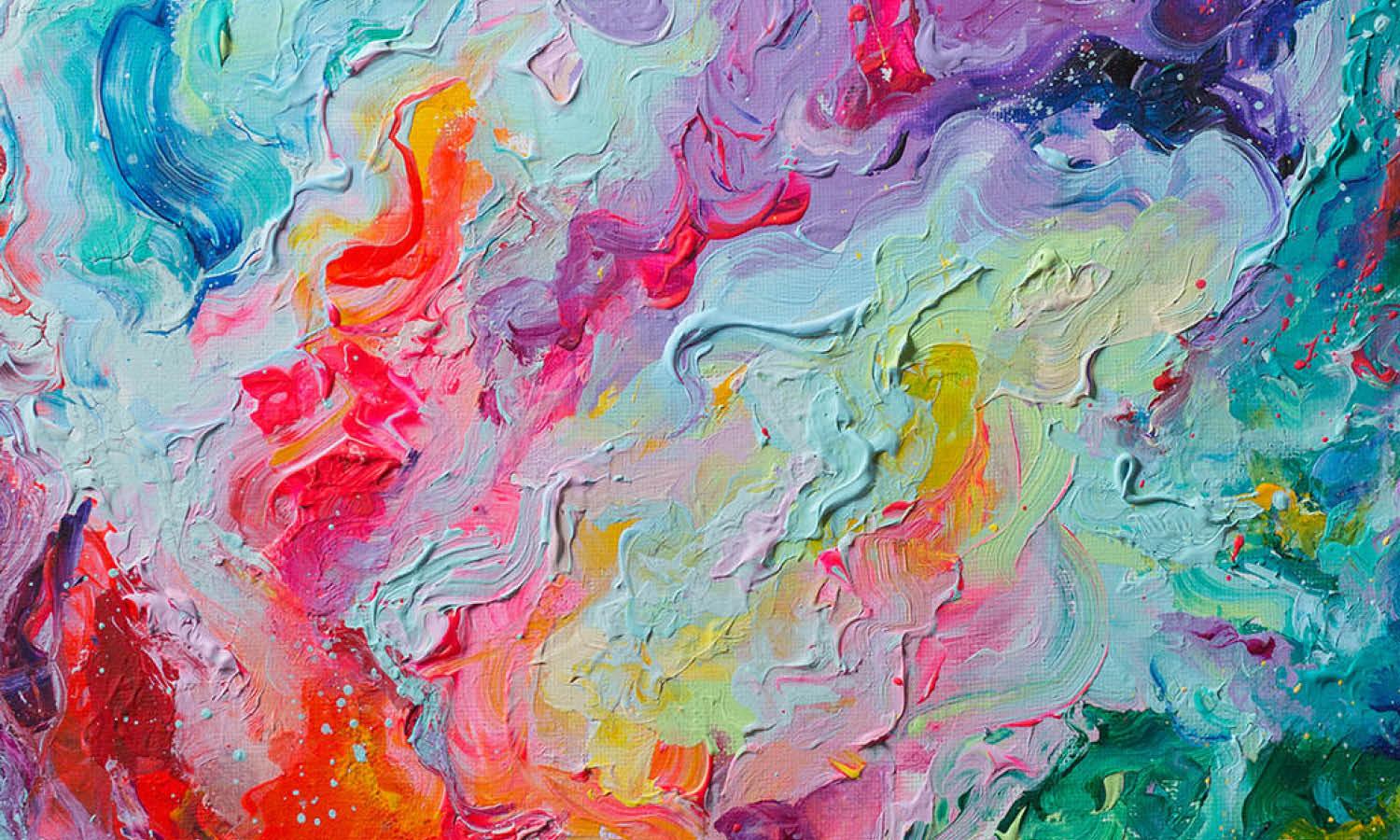
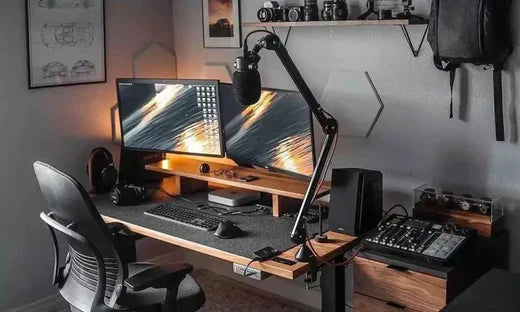


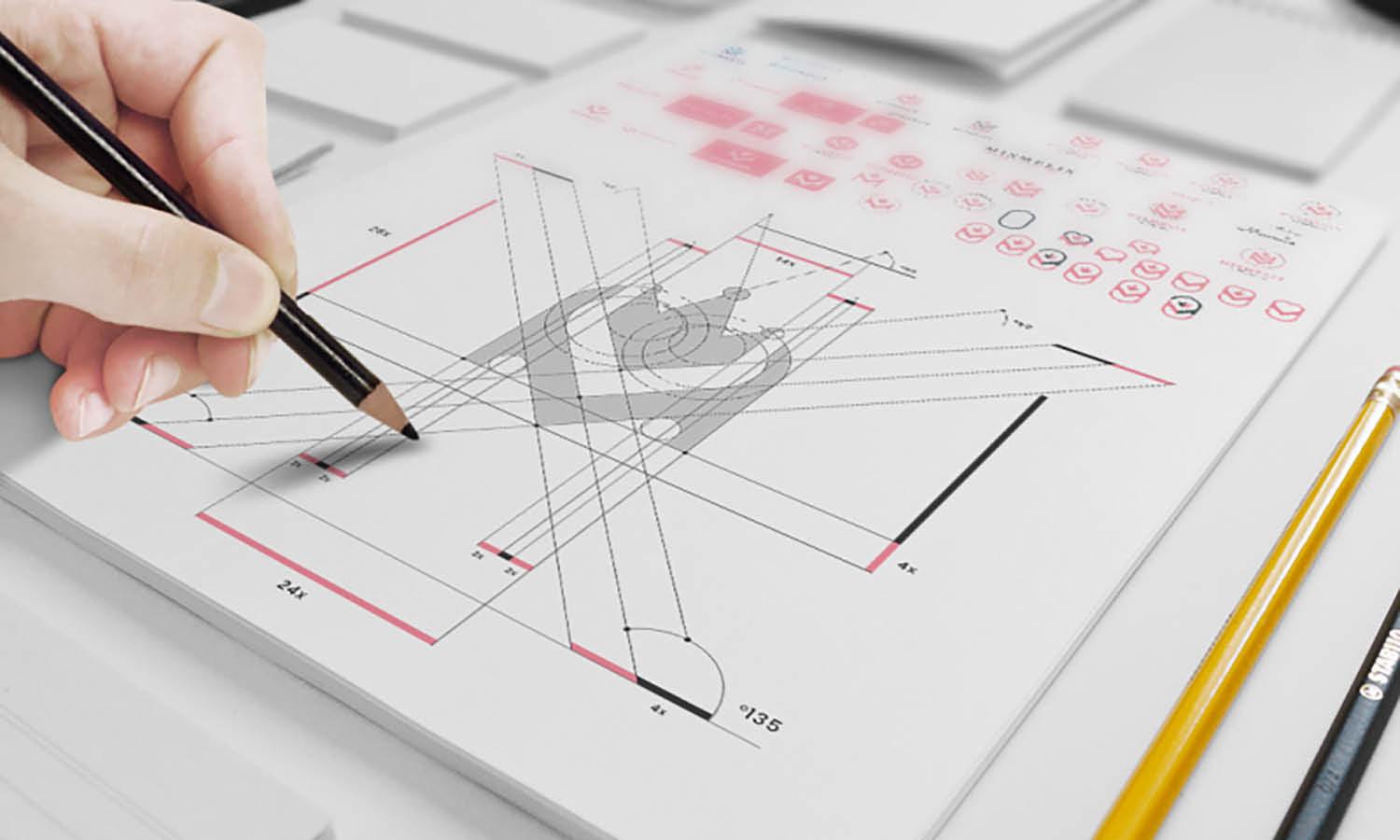







Leave a Comment